Rising Cybersecurity Threats
The escalation of cybersecurity threats is a primary driver for the Threat Intelligence Platform Market. Organizations are increasingly facing sophisticated attacks, including ransomware and phishing, which necessitate advanced threat intelligence solutions. According to recent data, the number of reported cyber incidents has surged, prompting businesses to invest in threat intelligence platforms to enhance their security posture. This trend indicates a growing recognition of the need for proactive measures to identify and mitigate potential threats before they can cause significant damage. As a result, the demand for threat intelligence platforms is expected to rise, as organizations seek to leverage these tools to stay ahead of emerging threats and protect their critical assets.
Demand for Real-Time Threat Detection
The need for real-time threat detection is driving the growth of the Threat Intelligence Platform Market. Organizations are increasingly recognizing that timely identification of threats is crucial for effective incident response. With the proliferation of digital assets and the complexity of modern IT environments, traditional security measures often fall short. Threat intelligence platforms provide organizations with the capability to monitor and analyze threats in real-time, enabling them to respond swiftly to potential breaches. Market data suggests that companies utilizing real-time threat intelligence solutions experience a reduction in response times, thereby minimizing the impact of security incidents. This growing demand for immediate threat detection is likely to propel the adoption of threat intelligence platforms across various sectors.
Shift Towards Automation in Cybersecurity
The shift towards automation in cybersecurity is a notable driver for the Threat Intelligence Platform Market. As organizations face an increasing volume of security alerts, the need for automated solutions becomes more pressing. Threat intelligence platforms that incorporate automation capabilities enable organizations to streamline their security operations, reducing the burden on security teams. Market data suggests that organizations leveraging automated threat intelligence solutions can significantly enhance their efficiency and effectiveness in threat detection and response. This trend towards automation is expected to continue, as organizations seek to optimize their cybersecurity strategies and allocate resources more effectively. Consequently, the demand for threat intelligence platforms that offer automation features is likely to grow.
Growing Awareness of Data Privacy Regulations
The increasing awareness of data privacy regulations is significantly influencing the Threat Intelligence Platform Market. As organizations strive to comply with various regulations, such as GDPR and CCPA, the need for robust threat intelligence solutions becomes paramount. These platforms assist organizations in identifying potential vulnerabilities and ensuring compliance with data protection standards. Market trends indicate that companies investing in threat intelligence platforms are better equipped to manage their compliance obligations, thereby reducing the risk of penalties associated with data breaches. This heightened focus on data privacy is likely to drive further investment in threat intelligence solutions, as organizations seek to safeguard sensitive information and maintain regulatory compliance.
Integration of Threat Intelligence with Security Operations
The integration of threat intelligence with security operations is emerging as a key driver for the Threat Intelligence Platform Market. Organizations are increasingly seeking to enhance their security operations by incorporating threat intelligence into their existing frameworks. This integration allows for a more comprehensive approach to cybersecurity, enabling security teams to make informed decisions based on actionable intelligence. Market analysis indicates that organizations that successfully integrate threat intelligence into their security operations experience improved threat detection and response capabilities. As the complexity of cyber threats continues to evolve, the demand for integrated solutions is expected to grow, further fueling the expansion of the threat intelligence platform market.


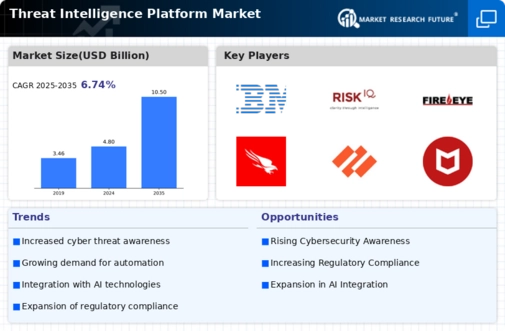
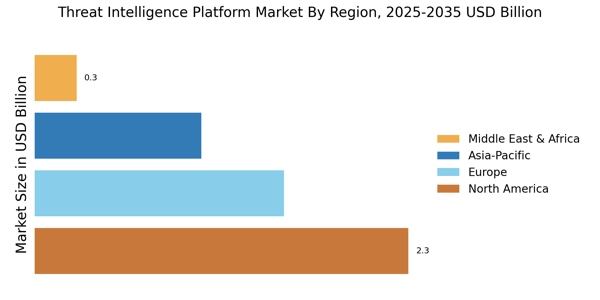

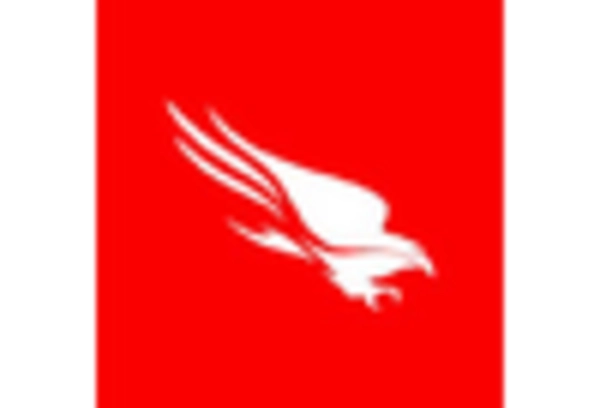
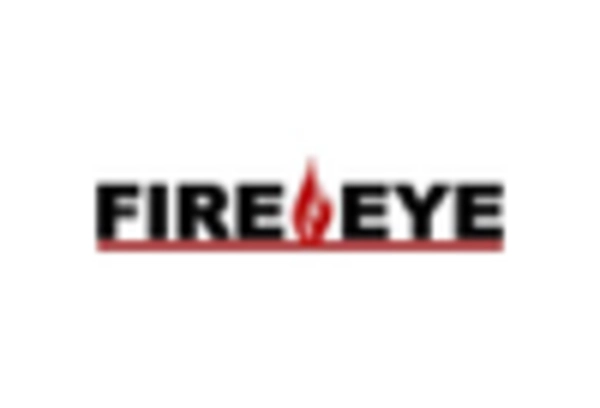
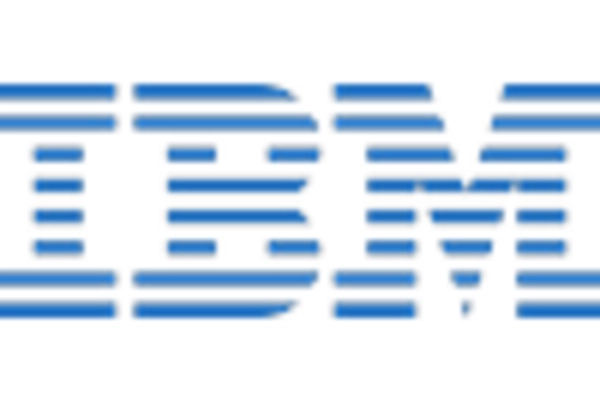
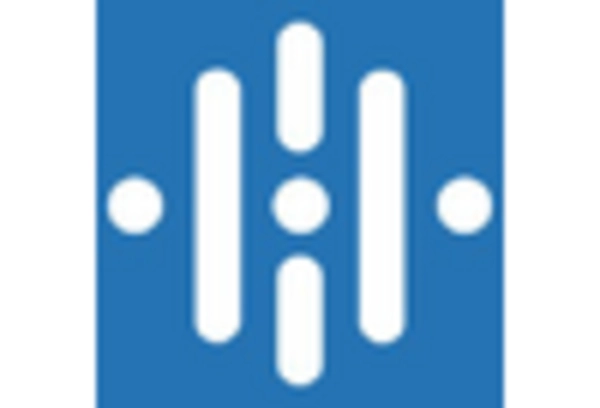









Leave a Comment